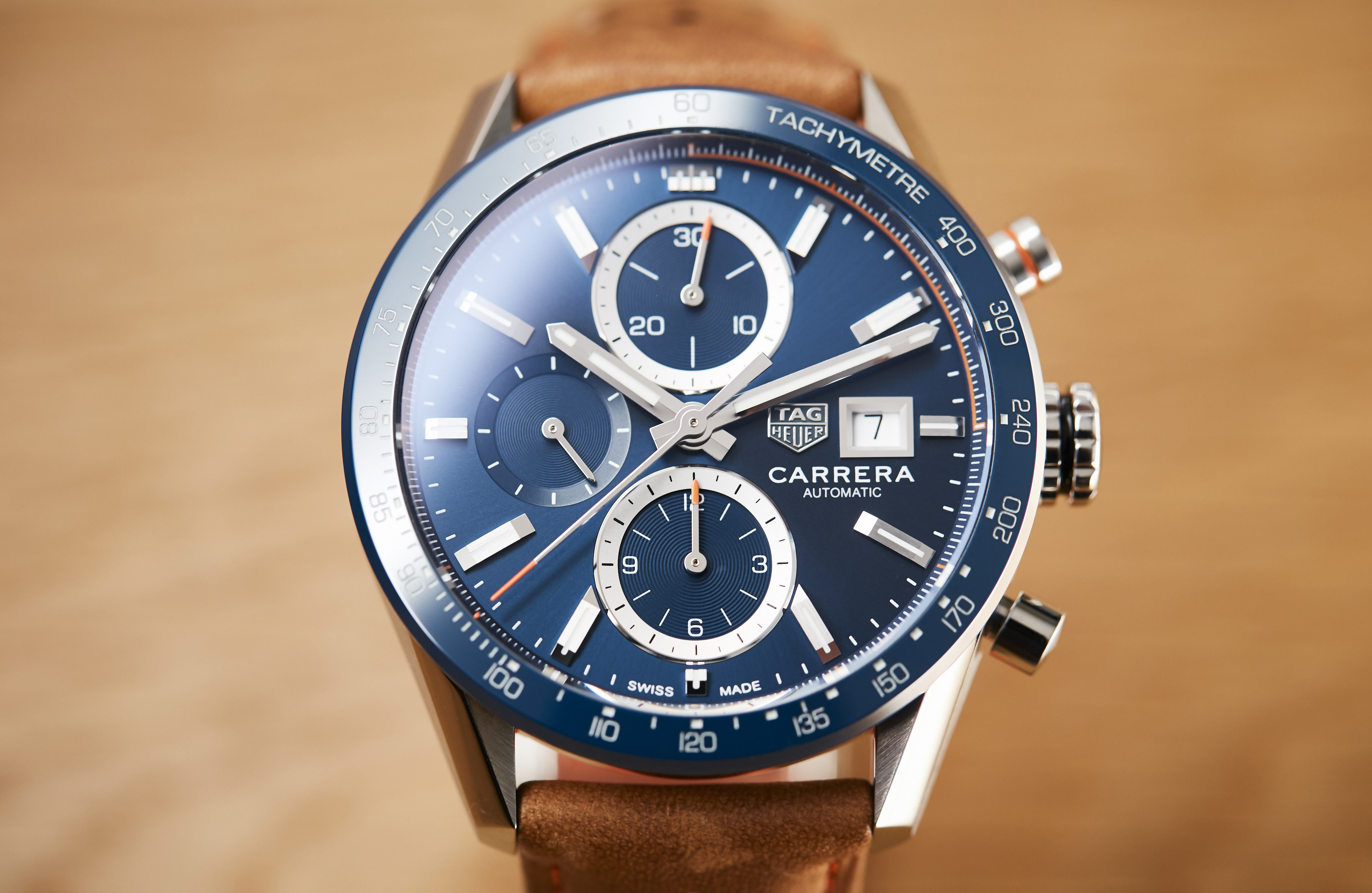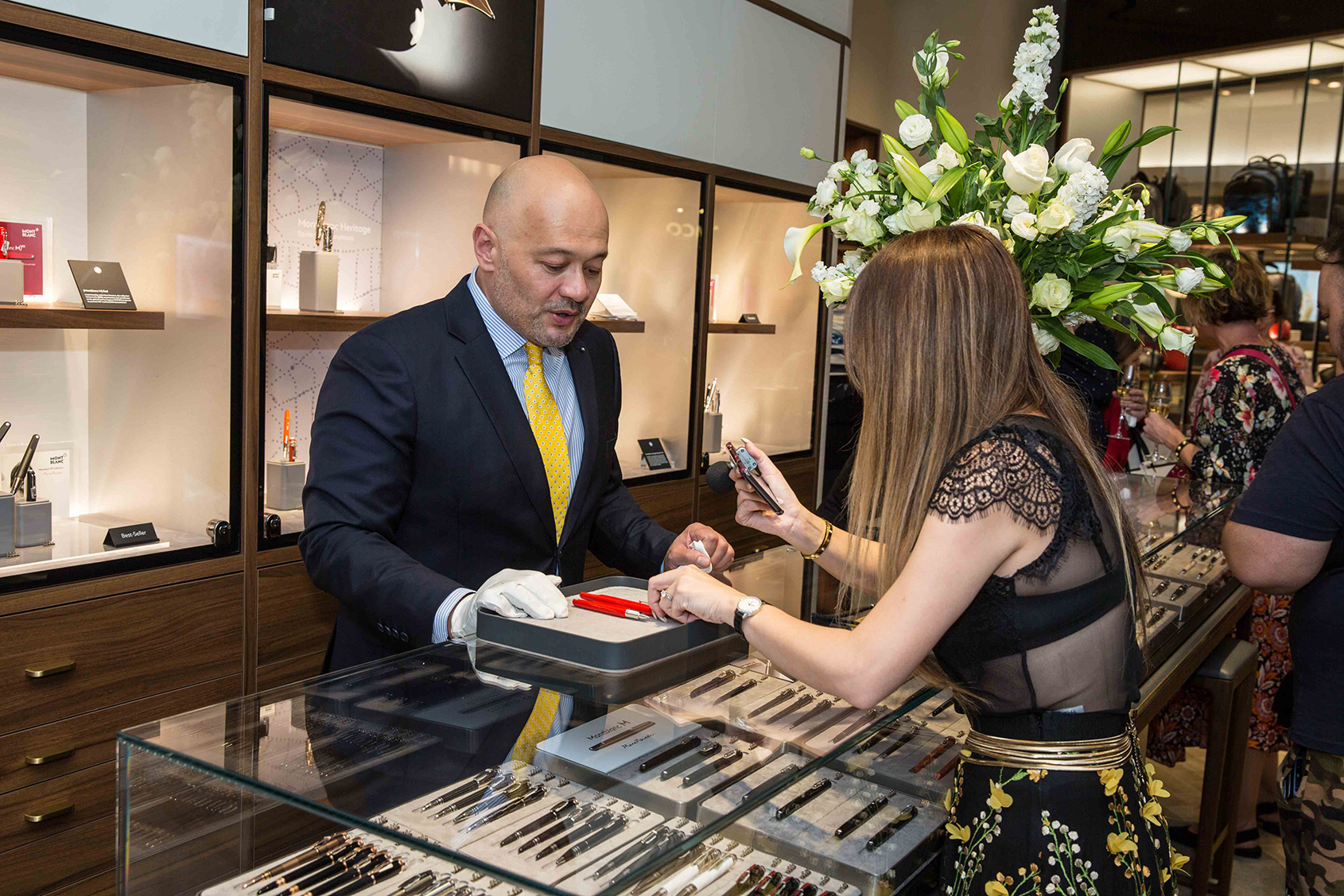Mystery Vs. Transparency in luxury watchmaking – how much do you really want to know?
Time+TideIt is becoming increasingly common to see small, emerging microbrands threaten to “pull back the curtain” on the luxury watch industry, in an attempt to upend the established order and claim a slice of the suddenly democratised pie for themselves. But how effective, or even responsible a strategy is it? Is it time to stop rewarding brands for trying to blow the whistle on the inner machinations of the luxury world for the sake of the industry’s future?
Lies are never good, but mystery has its place in our lives. The idea that luxury should be in any way transparent is almost, given the very nature of luxury, counterproductive. A luxury purchase is not just about the item being purchased. In fact, it often has very little to do with an item’s relative value, rather its perceived worth. There is a sense of pride in being able to access something exclusive that only luxury can sire. Having all the pomp and circumstance stripped away by a bunch of newcomers who think that it is their civic duty to shine a light on the inner workings of an industry that exists to illuminate the lives of its customers can be a bit depressing. Especially when you realise that the hugely inflated cost of a luxury product isn’t necessarily merited.
Yes, some brands have ridiculous pricing. And yes, some brands have eye-watering margins. Maybe they’re greedy, or maybe they are just pitching to such a niche demographic that rather than wanting to take their customers for a ride, they have no choice but to do so because that is exactly what their customer wants.
Ignore those stratospherically expensive brands and focus on the nuts and bolts of the luxury industry: the 5-10K market. Most new brands that bustle onto the scene are hoping to take business away from these brands. To do this – to provide a product of similar quality but at a lower price – they often employ a direct sales model. From the brand, straight to the customer. It sounds simple. It sounds modern. It sounds extremely cost-effective: not only does the brand get to shirk the costs associated with running a vertical boutique, but they don’t need to rely on retailers to sell their products for them at what must be at least double the cost the watches are sold into those retailers at (in a traditional brick-and-mortar model).

But here’s the thing. The retailer experience is not expendable. It is part of the luxury landscape. There is a minority of customers that are so averse to human interaction that they’d rather purchase a luxury product for thousands of dollars online and never go into a shop to try it on. But this is a very small slither of the luxury audience. Most want to be wined and dined, caressed and schmoozed and made to feel like a king or queen. At the very least, most want to see the product beforehand.

And this is where these transparency tactics fall short. Yes, we all know that a product costs a lot less to manufacture than the cost at which it retails. Duh. My toilet plunger also has a mark-up. It’s how manufacturing works. But in some industries, those mark-ups accommodate more than just the materials and labour that go into manufacture. They allow for an idea, a feeling, an experience to be cultivated around a product. This is why we need retailers and luxury spaces. Without them, the industry loses its soul. And without its soul, the body can not go on living.





